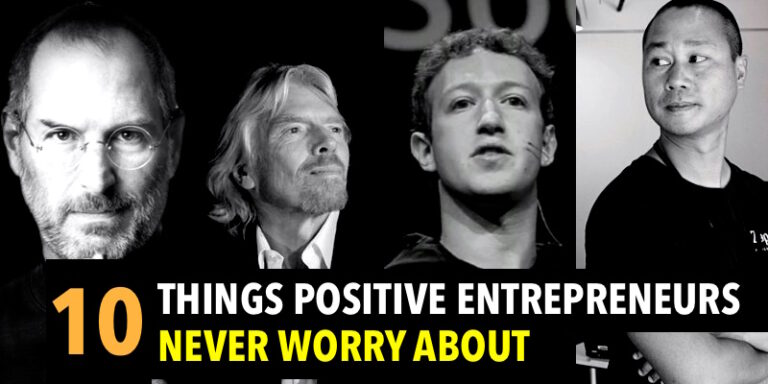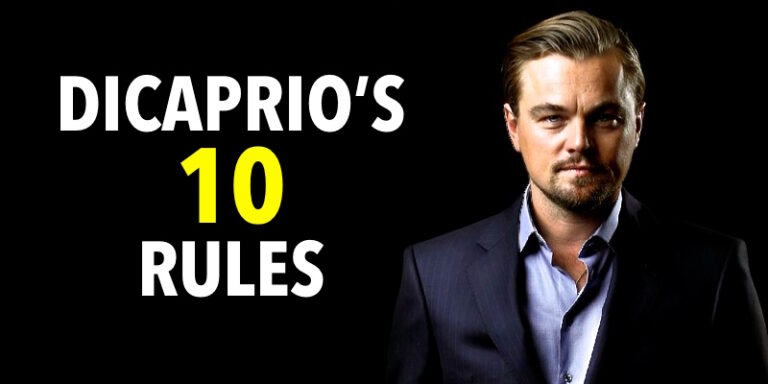Fortune 500 companies, the United States Government, the United Nations, and multiple military personnel turn to Simon Sinek for his unconventional wisdom and leadership principles.
Sinek made a discovery in 2005 that profoundly changed his view on how he thought the world worked and the way in which he operates in it. This discovery was the uncovering of a pattern in which all the great leaders would think, act and communicate. It’s opposite of everyone else.
Sinek’s first TEDx Talk on “How Great Leaders Inspire Action” is the 3rd most viewed video on TED.com. In 2011, Sinek released his book “START WITH WHY”. The book explores, “How great leaders inspire everyone to take action.”
Here are 10 success lessons from Simon Sinek – “Bestselling Author, Speaker” for entrepreneurs,
1. Start with why
Simon Sinek points out that everyone in an organization knows “WHAT” it is that they do. Some know “HOW” they do it. But, very few know “WHY” they do what it is that they do. He points out that the reason can’t be to make a profit. That’s a result, and it will always be a result, of providing something of value.
By “why” means: What’s your purpose? What’s your cause? What’s your belief? Why does your organization exist? Why do you get out of the bed in the morning and why should anyone care?
2. Have clarity, discipline and consistency
“People don’t buy “what” you do, they buy “why” you do it”
Clarity of WHY – If you don’t know WHY you do WHAT you do, how will anyone else? Having clarity is what enables great leaders to articulate “WHY” their organization. It exists beyond its products and services. First to their employees, and then to their customers.
To lead requires those who willingly follow. It requires being a part of something bigger than oneself. To inspire others to follow, starts with having clarity of WHY.
3. Fuel your ambition with encouragement from others
Have you ever watched a trapeze artist perform death defying acts without a safety net? The answer is likely no. Simon reminds us that the only reason the performer has the courage to let go is because they know the safety net will catch them if they fall. Likewise, relationships are the safety net that gives you the courage to make mistakes.
Knowing “that someone has your back” significantly decreases a fear of failing. And if you do fail, knowing that someone will be beside you saying, “I gotcha. You can do this,” gives you the courage to get back up again, he says.
All leaders must have courage, but “courage is not some deep internal fortitude…[it] comes from the support we feel from others,” says Simon. Courage breeds inspiration. As a leader “when you act with courage, that in turn will inspire those in your organization to also act with courage.”
4. Communication isn’t about speaking, it’s about listening
Most companies have logos, but few have been able to convert those logos into meaningful symbols. Most companies are bad at communicating what they believe, their “WHY.”
Without clarity of “WHY,” a logo is nothing more than just that. To say that a logo stands for quality, service, innovation and the like only reinforces its status as just a logo. These qualities are about the company and not the about the cause.
5. Leaders need a following
Being a leader requires having people that choose to follow you. Trust must be established before anyone will make the decision to follow you. Trust doesn’t emerge simply because a customer makes a decision to buy something. Trust is not a checklist. Fulfilling all your responsibilities does not create trust.
Trust is a feeling that begins to emerge when we have a sense that another person or organization is driven by things other than their own self-gain. You must earn trust by communicating and demostrating that you share the same values and beliefs.
6. Adapt beyond the conventional box
Society has circulated a watered down version of leadership, covering up true commitment and sacrifice with empty rhetoric and a lack of concern and awareness of the human condition. “In other words, we’re not made for this,” says Simon.
Although humans showed the ability to “survive and thrive, even as the environment around us changed,” the fundamental traits inherent to our human nature remain unchanged. “The rules of being human are exactly the same,” he says.
Here are the hard facts: “We are social animals, and we respond to the environments we’re in, always.” Understanding where we come from provides the framework necessary to construct a strong foundation; it takes courage to build a new normal.
7. Serving those that serve others
Being a great leader is like being a parent. Just as we provide our children opportunity — to build self confidence, education and discipline when necessary all so that they can achieve more that we can imagine.
Leadership is not a rank. While there are people that have authority, that does not make them a leader. There are people who have no authority, but they themselves are leaders.
8. Great leaders are good at seeing what most of us can’t see
In his bestselling book “Start With Why: How Great Leaders Inspire Everyone To Take Action”, Sinek cites Henry Ford who invented the modern factory system to improve production.
He improved the auto industry and made people believe that the car was an item ordinary people could want and buy. If Ford had asked people at the time, they would have said they needed faster horses because they hadn’t yet experienced the car.
9. Demand a pleasurable working environment
Rather than subscribing to the be-grateful-you-even-have-a-job mentality, Simon believes “it is a God-given right that we should love where we work.” Talk about going against the grain. Not only is it our right, according to Simon, but “we should demand that our leaders provide an environment in which we want to come.”
Great work culture does not just happen, it has to be cultivated. “Everybody talks about the importance of culture, yet nobody seems to be focused on building it,” says Simon.
Relationships are the life force of our human experience, and inherently “we want to care about each other…[and] want to improve and grow.” True leaders create an environment where people “feel safe to express [their] fears, concerns, and vulnerabilities.”
10. Define your leadership by wisdom not hierarchy
A fancy title, a corner office, and a few direct reports might indicate authority, but it does not guarantee that you are a leader. “Leadership has nothing to do with rank; leadership is a responsibility,” says Simon.
Disrupting the common misconception that authority is synonymous with leadership, Simon adds, “I know many, many people who sit at the highest levels of organizations who are not leaders.” In addition, managers often confuse delegating authority with leadership. “We do as they tell us because they have authority over us, but we wouldn’t follow them.”
There is no intensive seminar or certificate that can magically pronounce you a leader. Promotions do not automatically make you a leader. Leadership is a skill that takes practice and courage. “If you have the courage, you can lead me, and I will follow you.”




